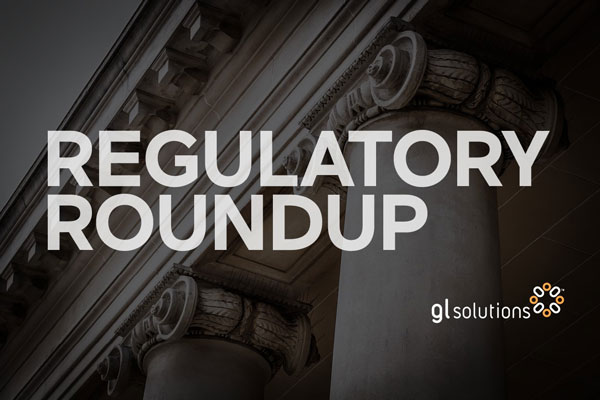Childcare Facility Regulations by State
A new database provides information on how states compare with respect to childcare facility regulations. State Childcare Regulations Database 2025, published June 9 by the Archbridge Institute, includes state-by-state details on facility regulations, such as indoor and outdoor space requirements per child, along with insurance rules. The report sorts the data into three tables, according to the type of regulation: facility-level regulations, child-to-staff rations and professional licensing regulations. “With this database, we intend to shed light on state-level differences in childcare facility regulations and to help states identify overly burdensome regulations,” the authors explain in the report.
In a separate Substack publication, one of the study’s authors, Edward Timmons, reveals some of the highlights of the report. He points out that Pennsylvania law mandates 65 square feet of indoor space per child, while Idaho does not require a minimum; on average most states mandate 35 square feet of indoor space per child. Georgia law requires 100 square feet of outdoor space per child, while five states have no minimum requirement for outdoor space per child; these includes Idaho, Maine, Michigan, Montana and New York.
The Excel database delineates the facility regulations into many columns; these include outdoor area fencing, alternative to outdoor space allowed, governing body, family communication requirements, as well as whether to meet with families regularly.
How GovRAMP Core Addresses Barriers Governments Face
During a recent GovRAMP webinar, the organization’s leaders explained why they developed the new GovRAMP Core. In the May 28 webinar, GovRAMP Core Webinar: Understanding the New Verified Security Status for Government Procurement, they explained that GovRAMP Core addresses the barriers that governments and providers face in the early stages of security validation. In the webinar they broke these down into four types of barriers; these include: cost barriers, time constraints, lack of early-state insight and misuse of snapshot as an end state.
According to the webinar information, “GovRAMP Core was developed through input from across the GovRAMP community—public sector members, providers, 3PAOs, the Standards and Technical Committee and the Board of Directors.”
Alaska Ranks 39th in State Occupational Licensing Index
Alaska ranks number 39 overall for all states and Puerto Rico in the 2024 State Occupational Licensing Index from the Archbridge Institute and the Knee Regulatory Research Center; the score places the state thirty-ninth among states for the highest occupational licensing burden. Besides the overall ranking, the report also features a state profile ranking that puts states in one of five quintiles. Alaska ranks four in the quintile system, with one the “most occupational licensing” and five the “least occupational licensing.” The quintile system reviews several factors, including barriers and licenses, along with universal recognition reforms. The licensing index, released in August, contains information on 284 occupations.
Other overall rankings include Hawaii at number 40.
See a listing of all state rankings in the latest edition of the State Occupational Licensing Index.
More Regulatory News Headlines
State lawmakers push back on federal proposal to limit AI regulation
Governor Abbott Signs Texas Cyber Command Into Law In San Antonio
How SB78 Fails Nevada — And Why It Matters
Time to Modernize
GL Solutions helps your regulatory agency run, grow and adapt through modern software and automation that helps solve your agency’s greatest challenges. To learn more, contact us.
To receive the latest regulatory news delivered to your inbox each week, subscribe to our newsletter.


